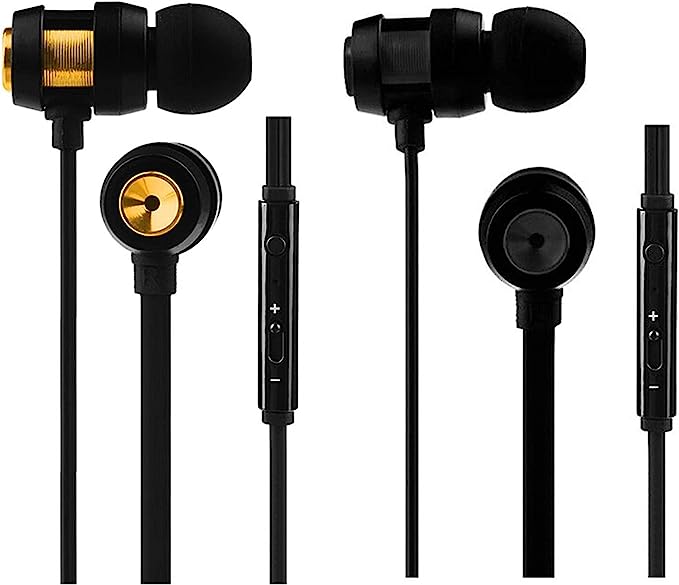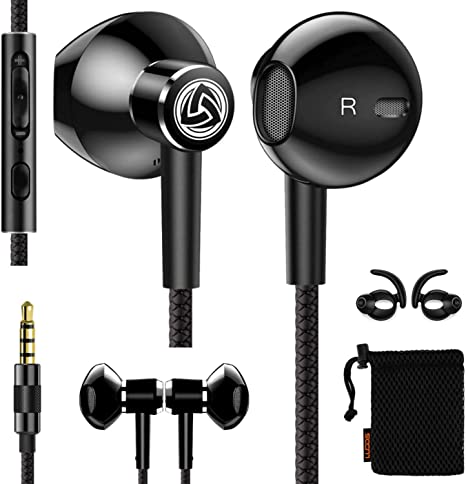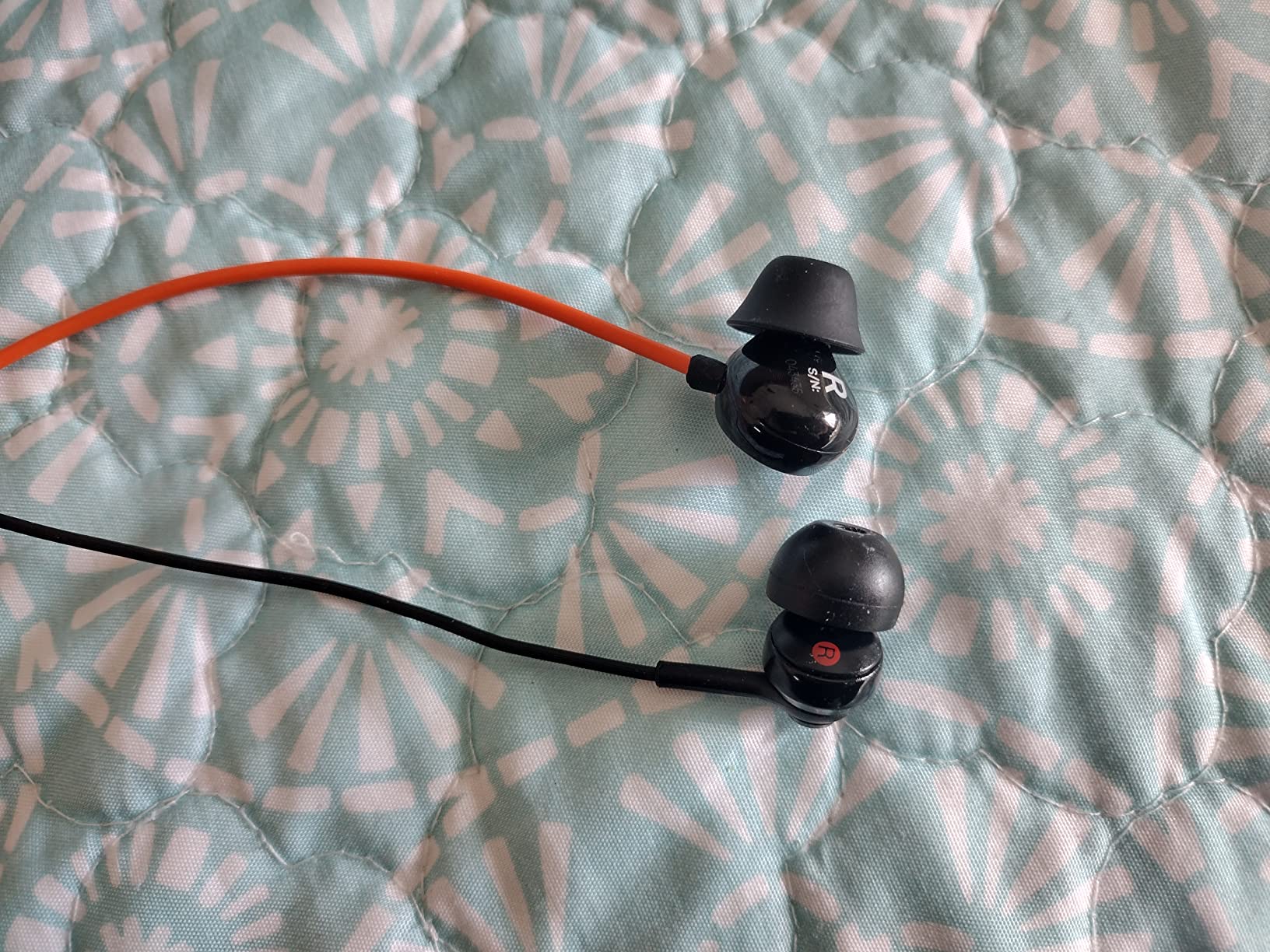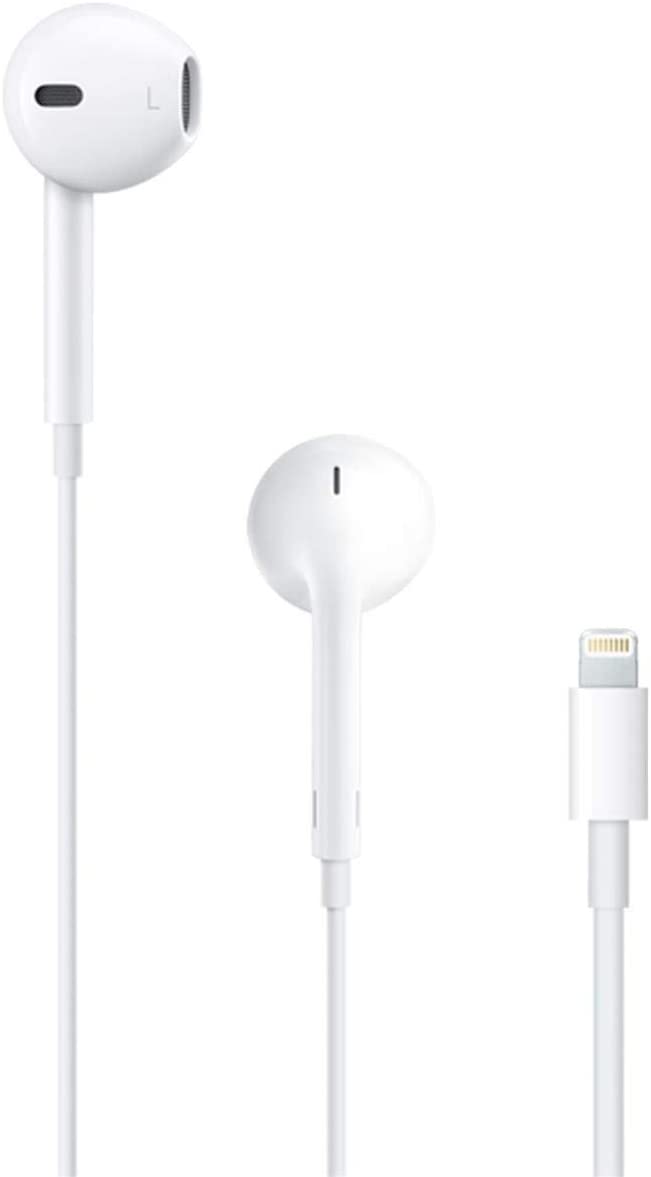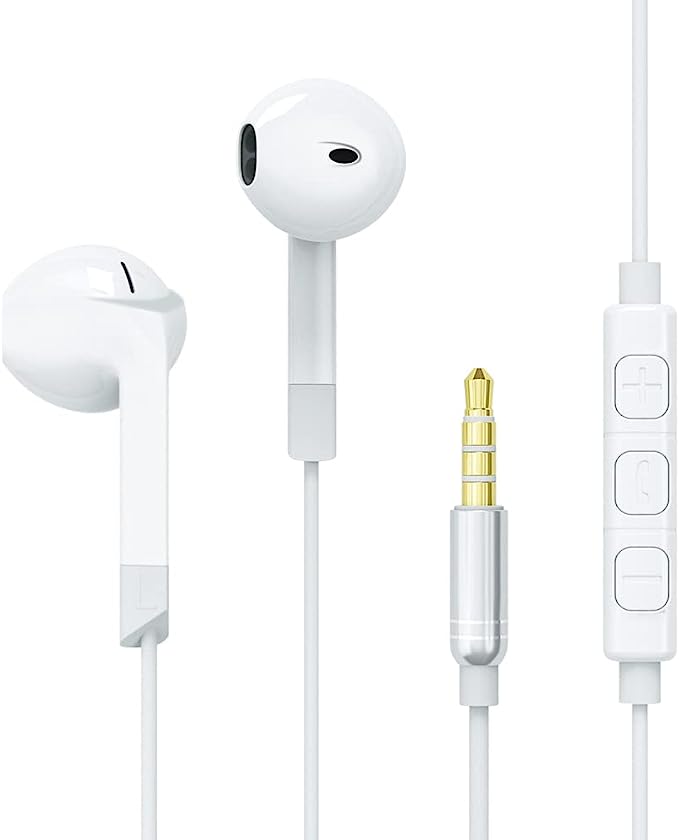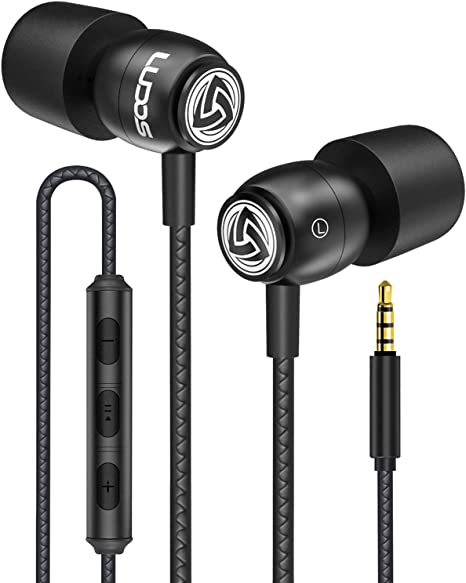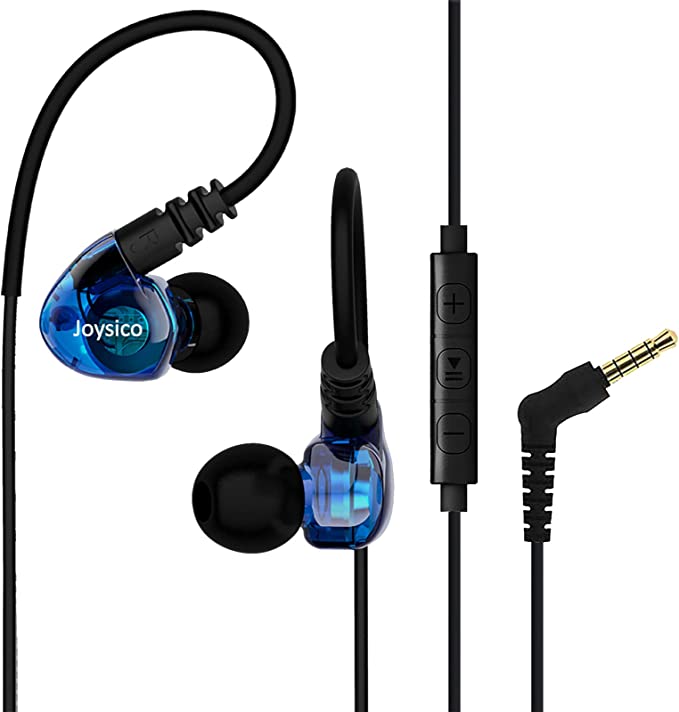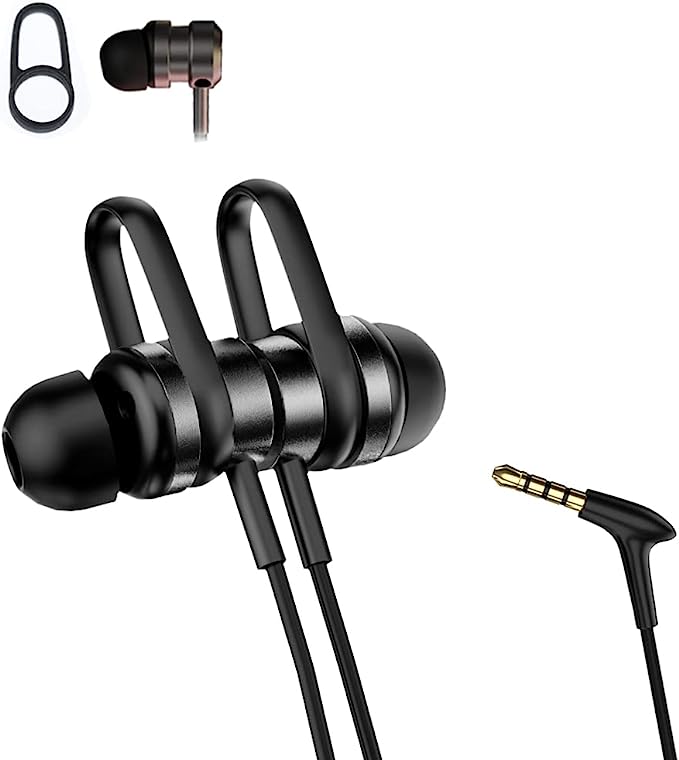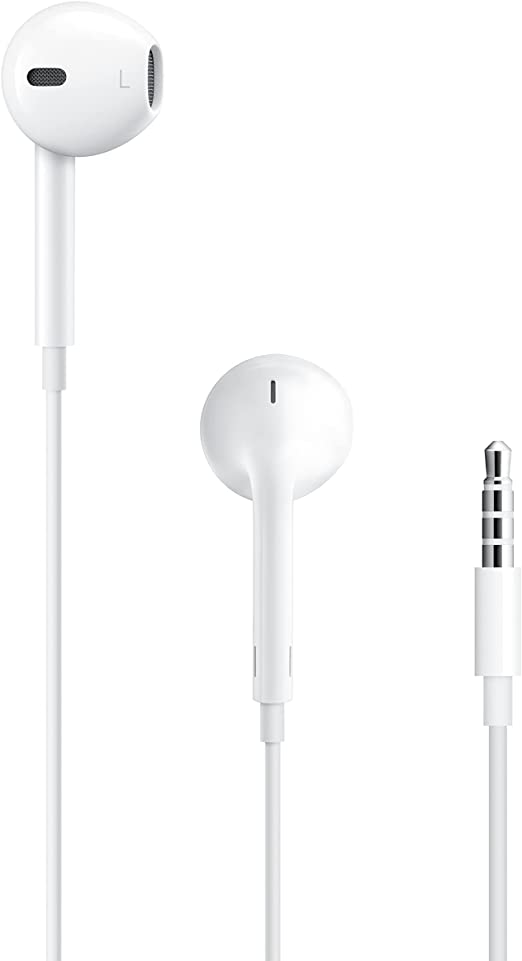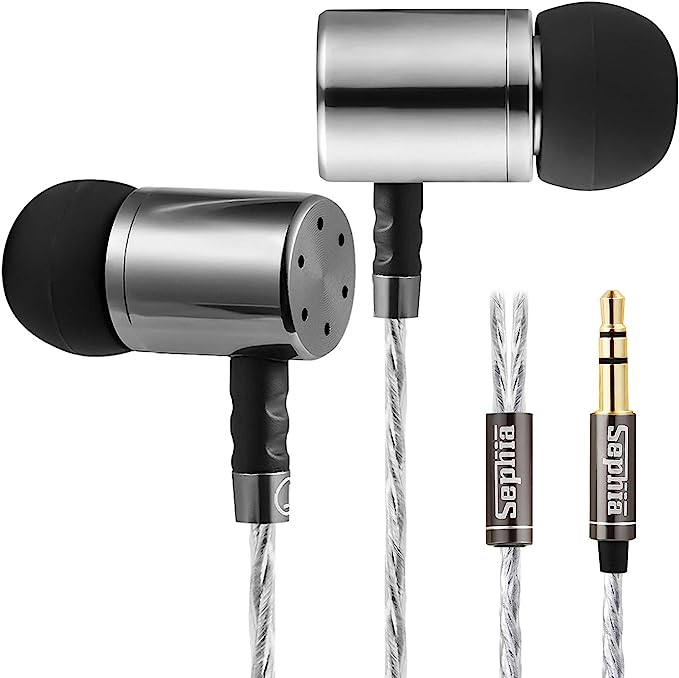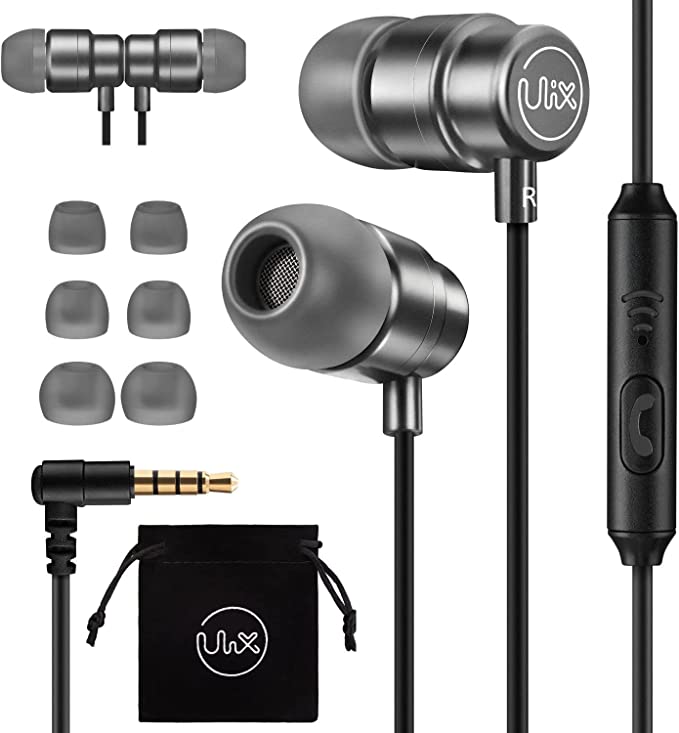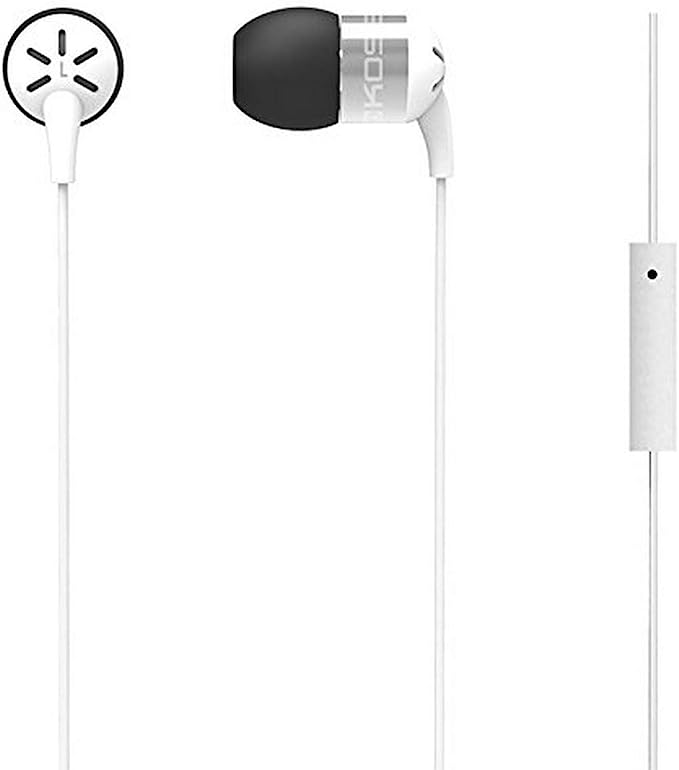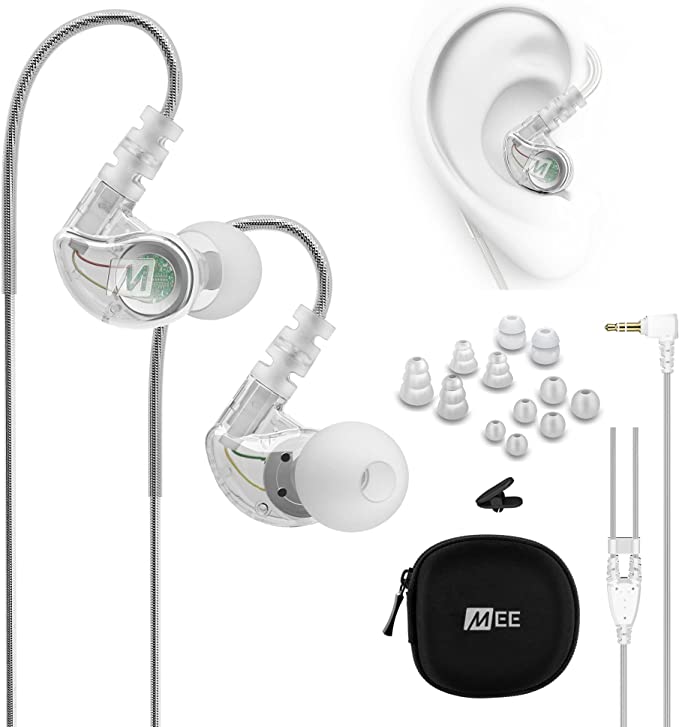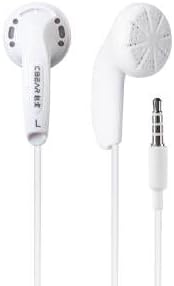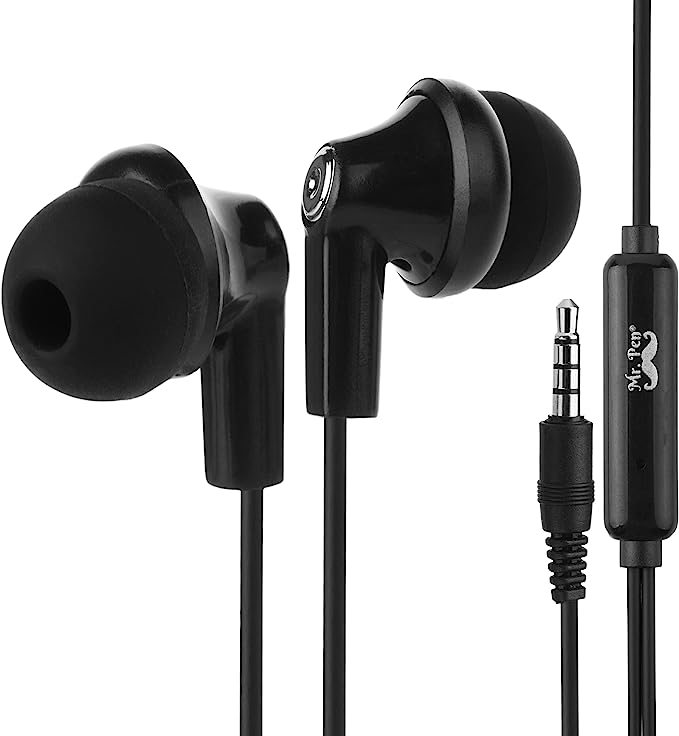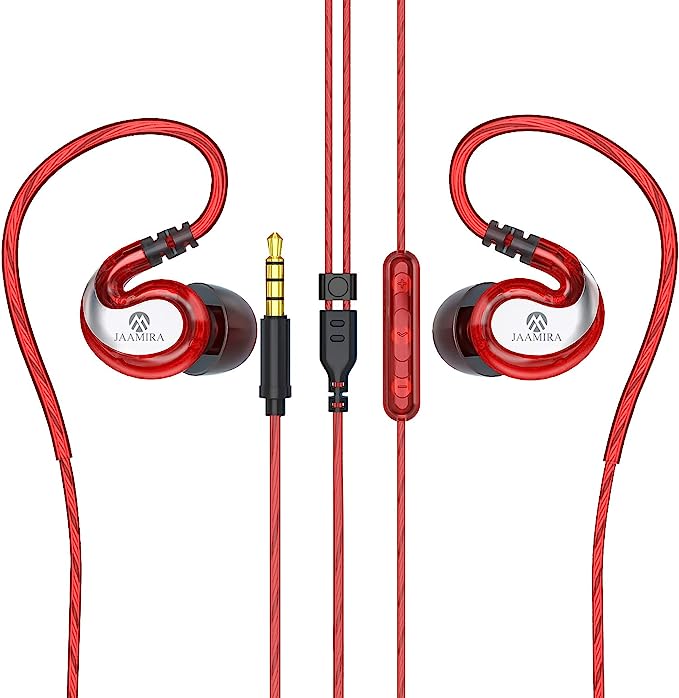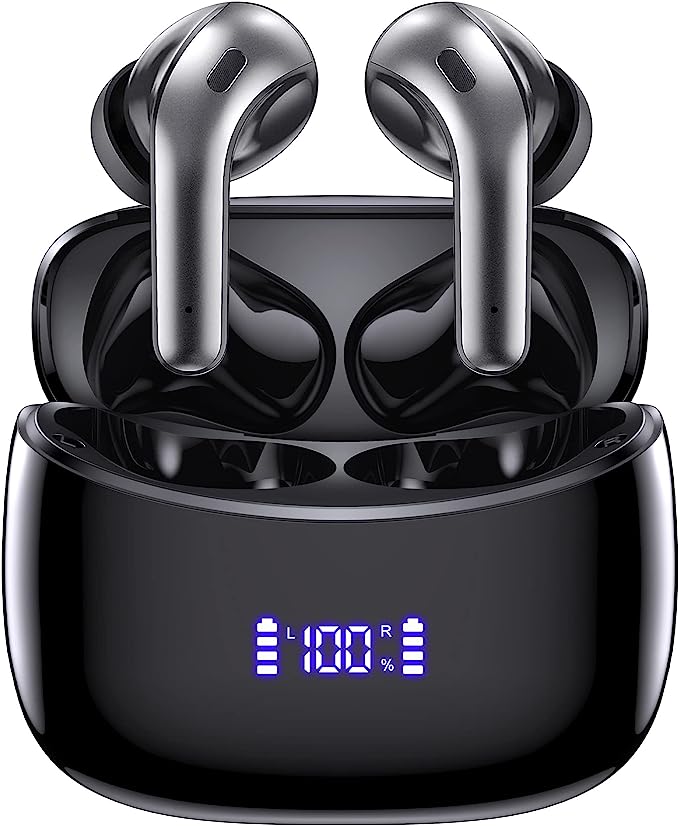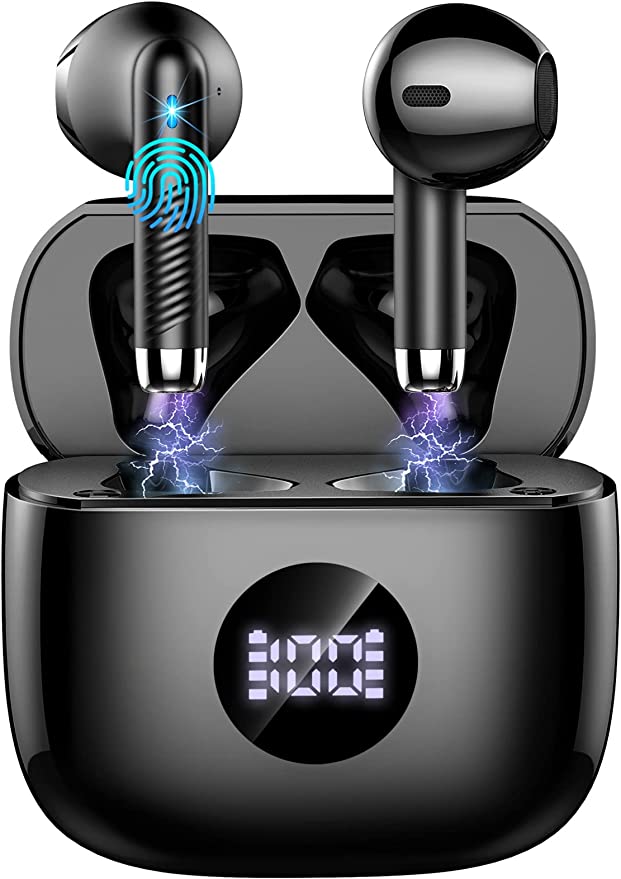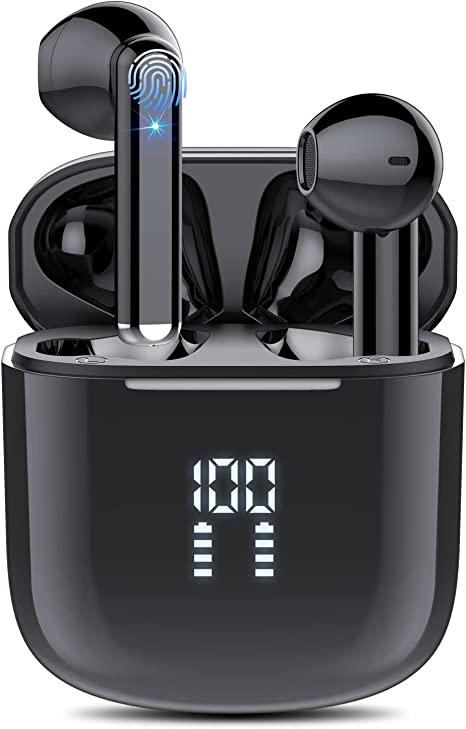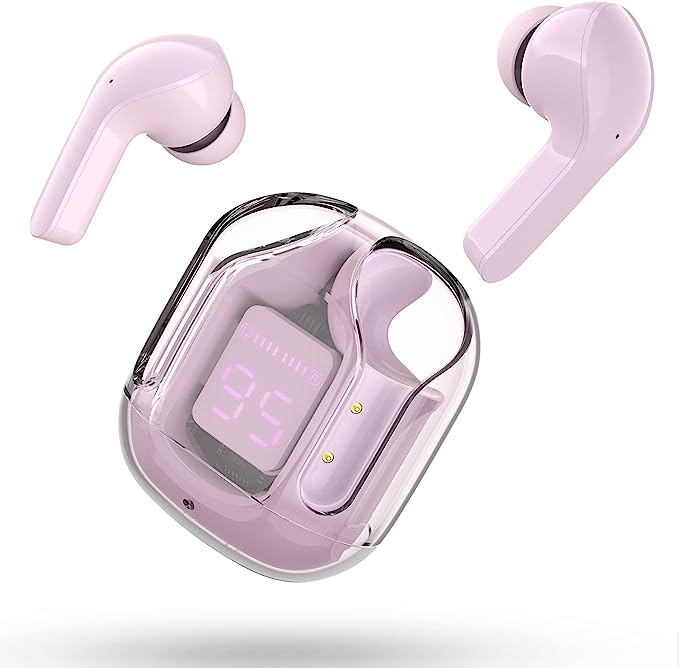The Physics of 'Extra Bass': How 12mm Drivers and Acoustic Seal Create Powerful Sound
Update on Oct. 30, 2025, 11:04 a.m.
Let’s talk about a common frustration. You buy a new pair of earbuds, perhaps ones marketed with exciting terms like “Extra Bass.” You plug them in, hit play on your favorite track, and… it sounds thin. Tinny. Weak. You’re left wondering, “Where’s the bass?”
The truth is, powerful bass isn’t a marketing slogan; it’s a fascinating result of physics and engineering working in perfect harmony. Achieving that deep, resonant thump you can feel is a huge challenge, especially in the tiny space of an earbud.
To really understand this, we need to stop thinking like consumers and start thinking like engineers. We’re going to demystify the science of bass by using a classic “bass-forward” wired earbud as our classroom example: the Sony MDR-XB55AP.

Forget the marketing. Let’s get our hands dirty and look at the science.
Part 1: The Engine — What Is a 12mm Dynamic Driver?
At the heart of almost every earbud is a dynamic driver. Think of this as a miniature version of a traditional loudspeaker. Its job is simple: turn an electrical signal into sound waves.
It does this using a magnet, a voice coil, and a diaphragm (a thin cone). When your phone sends the music signal (electricity) to the coil, it creates a magnetic field that interacts with the permanent magnet, causing the attached diaphragm to vibrate—pushing air and creating the sound you hear.
The MDR-XB55AP features 12mm dynamic drivers. In the world of earbuds, where 6mm to 10mm drivers are common, 12mm is notably large.
Why does size matter?
It’s basic physics: to create low-frequency sounds (bass), you have to move a large volume of air. A larger diaphragm has more surface area, like a bigger drum head. It can push more air with each vibration, making it inherently more capable of producing those deep, powerful bass notes.
These drivers also use Neodymium magnets, which are the strongest type of permanent magnet available. This means the driver gets more magnetic “muscle” in a very small package, making it highly efficient. This efficiency is reflected in a high sensitivity rating (like the 112 dB/mW listed for this Sony model), meaning it can get loud without needing a lot of power from your phone.
But here’s the key takeaway: a big driver is just potential. It’s the engine, but it’s not the whole car.
Part 2: The Tuning — Sculpting the Raw Sound
A powerful driver firing in open air wouldn’t sound good. It would sound chaotic. The sound must be controlled, or “tuned.” This is where the earbud’s housing—the plastic shell itself—becomes a critical acoustic instrument.
Just like the shape of a violin or the cabinet of a subwoofer changes the sound, the internal design of an earbud sculpts the waves produced by the driver.
Sony, for example, calls its tuning technology “Powered Bass Duct++”. While the exact design is proprietary, the name gives us a huge clue. It refers to the use of internal chambers and ports (ducts).
Think about blowing across the top of a glass bottle. You get a low, resonant note. You’ve created a Helmholtz Resonator. The air inside the bottle’s cavity vibrates at a specific low frequency.
Earbud engineers do the same thing on a micro-scale. They build tiny, precisely shaped tunnels inside the earbud. The air moved by the back of the driver is channeled through these ducts, causing the air inside to resonate at specific low frequencies. This resonance acts like a “boost,” amplifying the bass output in a targeted way without needing extra electronic power.
This is acoustic alchemy—using the physics of air itself to shape the sound.
Part 3: The Spec Sheet Myth — What Does 4 Hz Frequency Response Really Mean?
This is my favorite part, because it’s where most people get confused by big numbers. You will often see a specification like “Frequency Response: 4 Hz – 24,000 Hz.”
Let’s be perfectly clear: You cannot hear 4 Hz.
Healthy human hearing is generally accepted to be between 20 Hz (a very deep rumble) and 20,000 Hz (a piercingly high hiss).
So, is that 4 Hz number a lie? No, but it’s not about hearing. It indicates the driver’s physical ability to move slowly enough to generate those ultra-low pressure waves. Frequencies below 20 Hz are not “heard” as a tone; they are felt as pressure or rumble.
When a manufacturer tunes an earbud to be able to produce these “sub-bass” frequencies, they are aiming for that physical sensation of depth and power. It’s what makes an explosion in a movie feel impactful. So, while you can’t hear 4 Hz, its presence on a spec sheet signals an engineering focus on that deep, physical low-end response.
Part 4: The Final Component (And It’s You) — Why the Seal Is Everything
Okay, here is the single most important lesson I can teach you about earbud audio.
You can have the world’s most powerful 12mm driver and the most sophisticated acoustic ducting. You can plug it into a high-resolution audio player. And it can sound like a $2 clock radio.
Why? Because you have a bad acoustic seal.
This is the component most people overlook. To generate bass, the driver needs to create a pressurized environment in the small volume of air between the earbud and your eardrum.
- If the seal is broken (a bad fit): All that low-frequency pressure leaks out. The bass disappears. Instantly. This is the #1 reason people complain that their earbuds sound “tinny.”
- If the seal is perfect: The driver can efficiently build up and modulate pressure, delivering the full, rich bass it was designed to produce.
This seal is also the key to passive noise isolation. It’s not magic “noise cancellation”; it’s simply acting as a physical barrier, like a high-quality earplug, blocking outside sound.
The Silicone vs. Memory Foam Showdown
This is why the ear tips are not just a comfort accessory; they are arguably the most critical component for bass performance.
- Silicone Tips: These are the standard, durable, and easy-to-clean tips that come with most earbuds (the MDR-XB55AP, for instance, includes four sizes: SS, S, M, L). The goal is to find the largest size that fits comfortably in your ear canal to create a tight seal. If it’s too small, it leaks.
- Memory Foam Tips: This is often the ultimate upgrade. Memory foam is viscoelastic—you compress it, insert it, and it slowly expands to perfectly match the unique, irregular shape of your ear canal.
For many users, memory foam creates a superior and more consistent acoustic seal. This translates directly to deeper, richer bass and better noise isolation. Bundles that include both types, like the Knox Gear bundle mentioned in the product data for the Sony, are fantastic because they empower you to experiment and find the perfect fit.
Part 5: Why Wired Still Matters
I know we live in a wireless world. So why bother with a wired earbud like the MDR-XB55AP?
It comes down to simple, reliable physics.
- Zero Latency: The electrical signal travels from your device to the driver at nearly the speed of light. There is no digital encoding, transmitting, or decoding (like with Bluetooth), which all take time. For gaming or watching videos, this means the sound is perfectly in sync with the action.
- No Batteries: The driver is powered directly by your device. It will never die in the middle of a song or a call.
- Pure Signal: The audio signal is analog and direct. While modern Bluetooth is excellent, a wired connection avoids any potential compression artifacts.
Features like a serrated cable (designed to reduce friction and prevent tangling) and an inline microphone are just practical additions to this reliable core.
Your Takeaway: You Are Part of the System
The “Extra Bass” you’re looking for isn’t just one feature. It’s the result of a complete acoustic system.
- The Engine: A large, efficient driver (like the 12mm) creates the potential for power.
- The Tuning: The internal housing (like the “Bass Ducts”) shapes that power, emphasizing low frequencies.
- The Seal: Your choice of ear tip and the quality of the fit unlocks that potential by trapping the pressure.
When you understand this, you stop being a passive listener and become an active participant in your audio experience. The search for great bass doesn’t end when you buy the earbud; it ends when you find the perfect seal.
